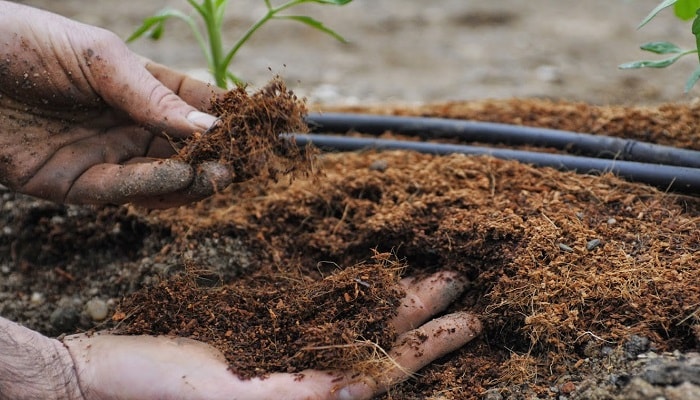On sale you can find a variety of fertilizer for the soil. The compositions are specifically designed for specific landing conditions. Nevertheless, experienced gardeners prefer to use natural means to enrich the land. They are considered valuable because of their naturalness. In this article we will talk about different organics, including bone meal.
Table of contents
What fertilizers are organic?
The composition includes many components that affect the growth and yield volumes (calcium, iron, magnesium, potassium, etc.). The main difference from the mineral fertilizers developed in the laboratory is that all these elements are of natural origin.
Natural feeding of the soil naturally enriches it with everything necessary for growing a large number of fruits.
Types of organic fertilizer
Manure
The most popular fertilizer among natural. Manure is universal for any type of soil, and is also absolutely suitable for all types of plants. After such a one-time feed, the earth is enriched with useful microelements for several years (from 4 to 8).
Despite the obvious naturalness of this option, you should remember about precautions:
- do not allow the manure to contact directly with the roots of the plant (a layer of water must be sprinkled with earth);
- do not allow fresh fertilizer to work, since unfermented dung carries not only the risk of infection by various bacteria, but also increases the risk of weeds;
- if the soil is acidic, then this kind of soil feeding is not recommended at all.
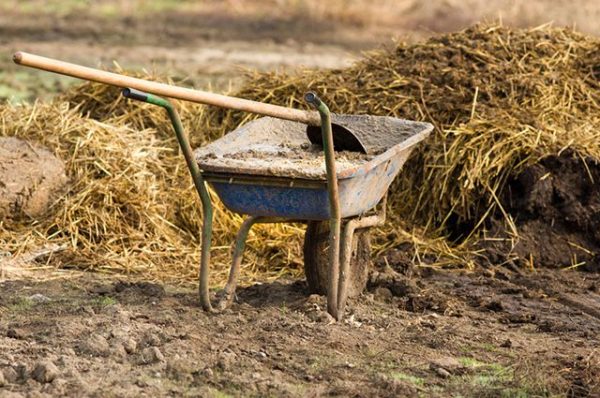
The composition of the resulting natural mixture depends on the following factors:
- Type of animal (cow, horse, pig, birds).
- The quality and form of feeding.
- Type of litter (straw, sawdust, etc.).
Pork has a high presence of nitrogen in the composition, which, if used improperly, can harm the plant. It is recommended only as an additive in compost.
Especially popular among gardeners and gardeners enjoys bird droppings (chicken and pigeon). This fertilizer is a whole complex of various vitamins that beneficially affect growth and fertility. It is important to apply the same safety measures as for cow manure fertilizer: do not use fresh and avoid contact with plant roots.
Valuable peat
The main advantage of peat is to increase the humus in the composition of the soil, which leads to high yields. Scientists have noticed that this option reduces the content of nitrates in fruits almost twice, protecting them from various toxic chemicals that have fallen into the soil.
Peat quite difficult to spoil the land. You can add annually under the digging, as well as pour under the trees and shrubs (around the roots).
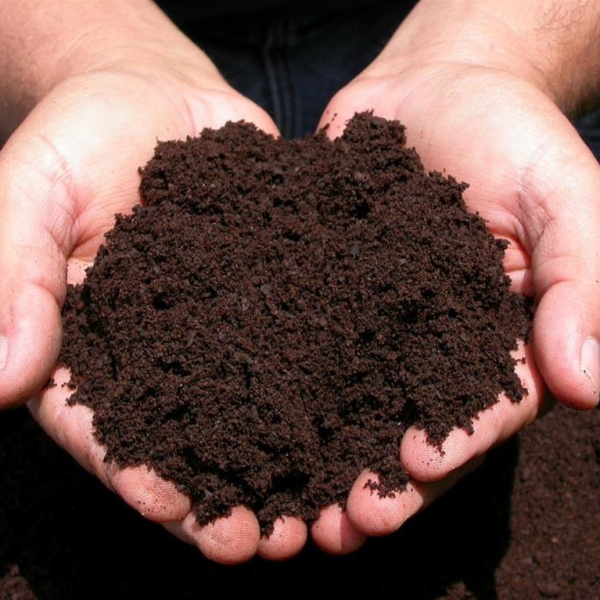
How to apply sapropel
Fertilizer is obtained by extracting a special compound from the bottom of the reservoir.enriched with a huge amount of nutrients. An important condition for the sapropel intake is the non-flowing type of the object, the water in which is in a calm state (limited access of oxygen).
Dried feed is ideal as a fertilizer for subsequent planting. The properties of sapropel can give high yields even on clay soils. Ideal for any type of plant, including root vegetables.
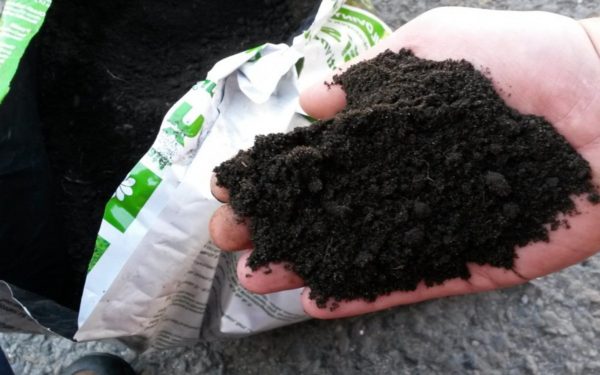
Natural Organic
Compost - the simplest organic fertilizer available to any summer resident.At the site you need to place a special box, the bottom of which is filled with sawdust (can be mixed with dry leaves). Next, fill with a mixture of plants (grass, leaves, weeds), land and cow manure.
It is also necessary to periodically add ashes, egg shells, as well as pour dry water once a week in dry weather (for compaction and prevention of debate).
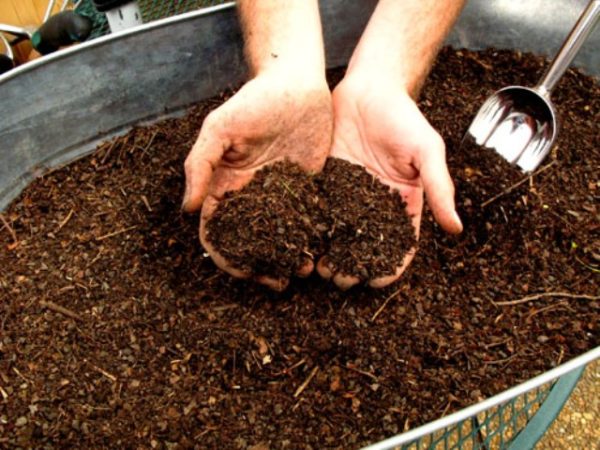
Bone meal (fish)
This kind of fertilizer is rich in calcium and phosphorus, increases the growth of the crop almost doubled.
Useful bone meal solution is very easy to prepare. At 20 liters of boiling water is taken 1 kg of powder (fish), insist for 1 week, stirring occasionally. Then strain and use as a feed in the ratio of 1/10 (mixture / water). This solution can be fed plants 1 time per month. It can also be poured into a compost pit.
The following types of bone meal are available:
- fish bone: made from the bones and soft tissue of fish, rich in phosphorus;
- horn-hoof: produced from the horns and hooves of animals, contains large amounts of nitrogen;
- blood: also characterized by a high content of nitrogen, requires strict adherence to instructions;
- carapace: crusted crustacean shells, rich in a variety of nutrients.

Also organic fertilizers include:
- Deciduous and turfy ground: mix the leaves with turf in one pile and leave for the whole winter. In the spring, mix thoroughly with a fork, cover with a film for several weeks.
- Sawdust and bark: recommendations for making similar to peat. Before making such a fertilizer in the soil it must be prepared, give a little perepret with water. It is advisable to add any other fertilizer, for example, cow dung.
- Eggshell: enriched with calcium. To bring into the soil in a crushed form, it is recommended to add wood ash to the composition.
Organic value
Nature itself laid the foundations of the cycle in the plant world. One plant dies, goes into the soil and becomes a favorable condition for the growth of the new.
Organic fertilizers are harmless not only for the harvest, but also for the environment in general. This feeding system is primarily focused on the soil itself, it enriches and makes the soil fertile. This approach is promising in all respects.
Application technology and application of dressings
Before making any fertilizer in the soil, it is always necessary to know its characteristics: composition, acidity. Sold special tests that can be done independently.
Organics must be applied to the top layer of soil, pre-watered with water.
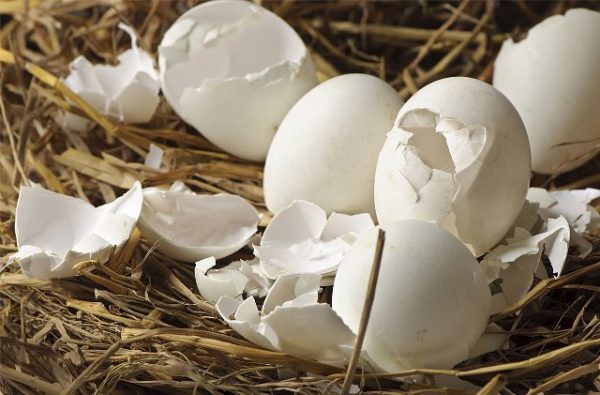
- Cow Manure: The rate is considered to be fed once every 4 years, 35 tons per 1 hectare.
- Bird droppings: according to the recommendations, the soil should be fertilized once in 3 years, 1.5 kg per 1 sq. m.
- Peat: for the required effect, it is enough to add to the soil once a year, 35 kg per 1 square meter.
- Bone flour: fertilize should be based on 3 kg per 1 sq. m.
Whatever fertilizer you choose, it requires a careful approach to soil application. It is important to remember that even the most natural composition can spoil the earth.
